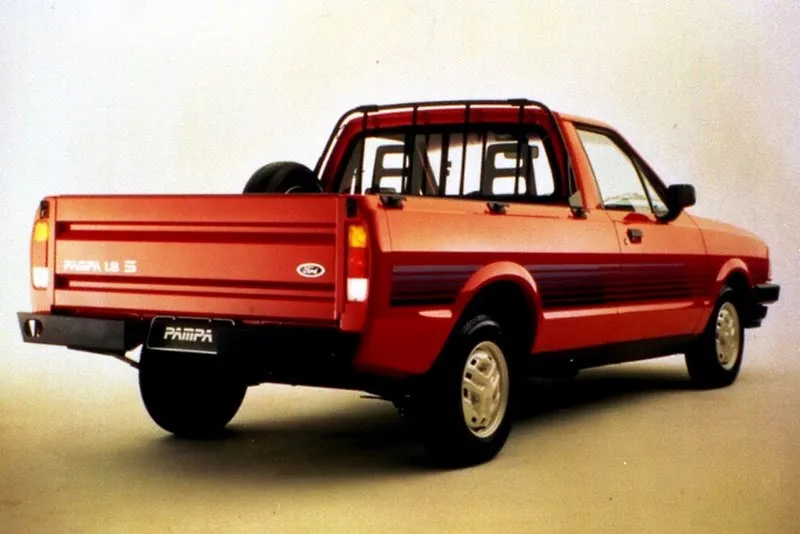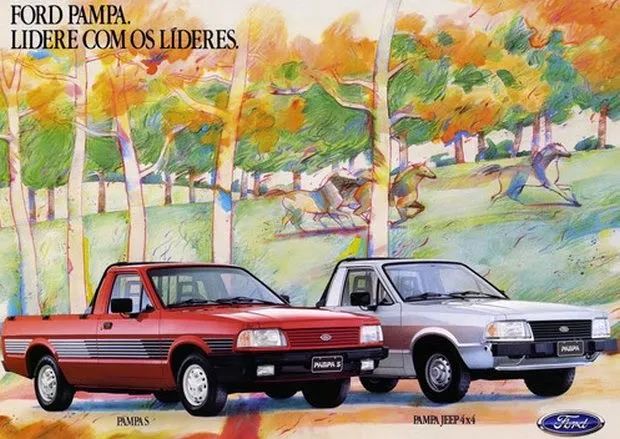If you lived through the 1980s and 1990s or enjoy revisiting classics from the Brazilian automotive industry, you've certainly heard of Ford Pampa. This model not only marked an era but also consolidated Ford in the compact pickup segment in Brazil. Derived from the Corcel and, later, the Del Rey, the Pampa was Ford's response to the need for a practical, robust vehicle capable of handling both urban and rural demands.
Released on 1982, the Pampa followed Ford's tradition of naming its vehicles after horse breeds. In this case, “Pampa” refers to a type of spotted horse, as well as the vast fields of southern Brazil. But its contribution was much more than an interesting name: with generous dimensions for the time and innovative features, the pickup quickly gained market share.
The First Steps: Unquestionable Success
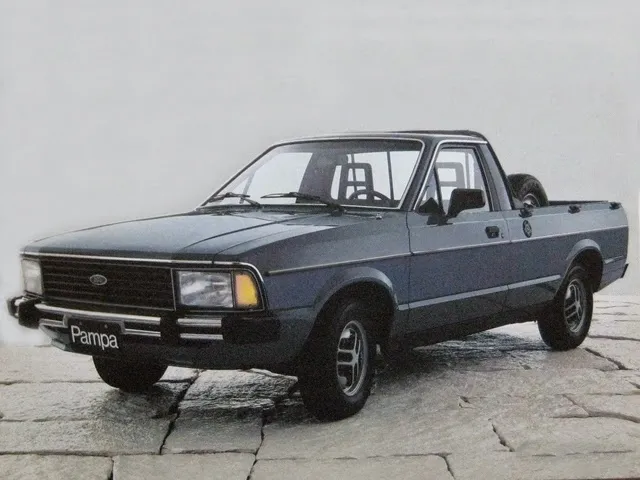
From the beginning, the Ford Pampa showed that he was not here to play. The model, based on the platform of Steed, maintained the comfort and interior space, but with significant modifications to adapt to the pickup proposal. The wheelbase was extended from 2.44 meters to 2.58 meters, and the ride height was raised by 3 cm, ensuring greater robustness to face uneven terrain.
The initial engine was a 1.6 petrol, with 90 hp of power and torque 11.0 kgfm, coupled to a five-speed manual transmission. The load capacity was 600 kg, an impressive number for the time, which surpassed direct competitors. This mechanical set, combined with the suspension with semi-elliptical springs, made the Pampa a versatile option for different types of use.
In 1984, Pampa reached an important milestone when it received the engine 1.6 CHT (High Turbulence Chamber). With a design optimized for greater fuel combustion efficiency, this engine was a step forward in terms of economy. That same year, the 4×4, a revolution for the segment.
The 4×4 Revolution
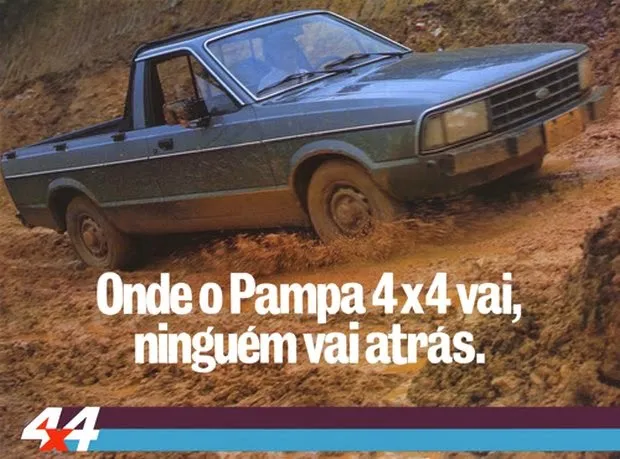
A Pampa 4×4, launched in 1984, was one of the highlights of the line. With a lever-activated rear-wheel drive system, the model allowed switching between 4×2 (front wheel drive) and 4×4 temporary. This configuration was ideal for low-grip terrain, but it had its limitations: the maximum speed in 4×4 mode was 60 km/h, due to differences in the ratios of the front and rear differentials.
Although 4×4 traction took up part of the bucket space, reducing the load capacity to 440 kg, this was not an initial obstacle for consumers. However, reliability issues with the system began to emerge in some models, negatively impacting the reputation of this version over time.
New Airs and Updates
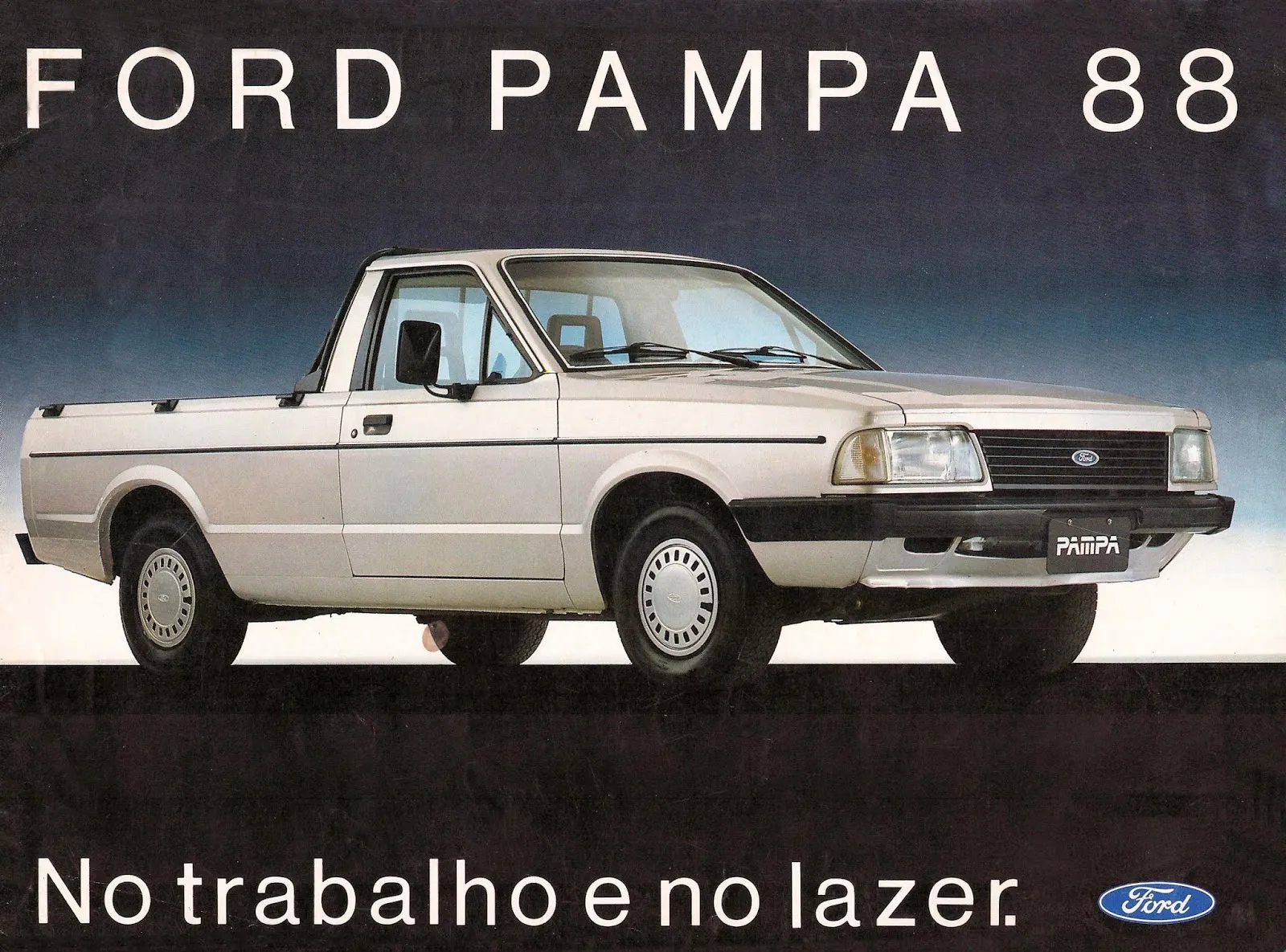
With the success consolidated, Ford introduced the versions “L” and “GL” in 1986. These configurations brought more options to the consumer, with the “GL” assuming the role of top of the line. The following year, the Pampa underwent a face lift, receiving a front grille similar to that of the Del Rey. It was also during this period that the version Ghia, which raised the luxury standard for a compact pickup. Available items included a full dashboard, power windows and locks, but the air conditioning was withdrawn, a controversial decision.
In 1989, thanks to Ford's partnership with Volkswagen in AutoLatina, Pampa now has the engine 1.8 8v of VW origin, which delivered 94 hp of power It is 15.3 kgfm of torque. This engine was offered alongside the traditional 1.6, keeping options for different preferences.
Special Versions and End of Line
The 1990s brought Pampa into its final years. In 1991, the s arrived as one of the most complete models, with the engine 1.8 adjusted to render 99 hp. This configuration included unique details such as:
- Version-specific wheels;
- Individual banks;
- Protective rubber for the bucket;
- Front spoiler with built-in fog lights.
Despite these improvements, the compact pickup truck market was increasingly competitive. Models like the Fiat Strada and the new generation of Volkswagen Saveiro began to gain space, while Courier, Pampa's replacement in 1997, failed to repeat the success of the previous model.
The Legacy of the Ford Pampa
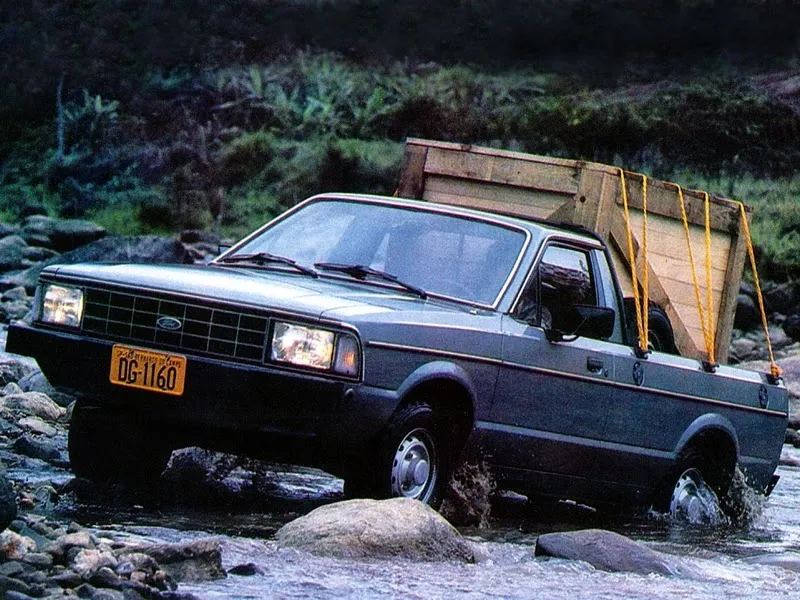
In their 14 years of production, The Ford Pampa reached the impressive mark of 350,000 units sold, consolidating itself as an icon in the compact pickup truck segment. Its robustness, simplicity and versatility won over Brazilian consumers, who still remember the model fondly today. Whether in the city or in the countryside, the Pampa stood out for its durability and efficiency.
Furthermore, Pampa’s history reflects an era of innovation and creativity in the Brazilian automotive industry. The name “Pampa” is also a tribute to the fields of southern Brazil, bringing a cultural connection that further strengthened its identity.
Reflection and Nostalgia
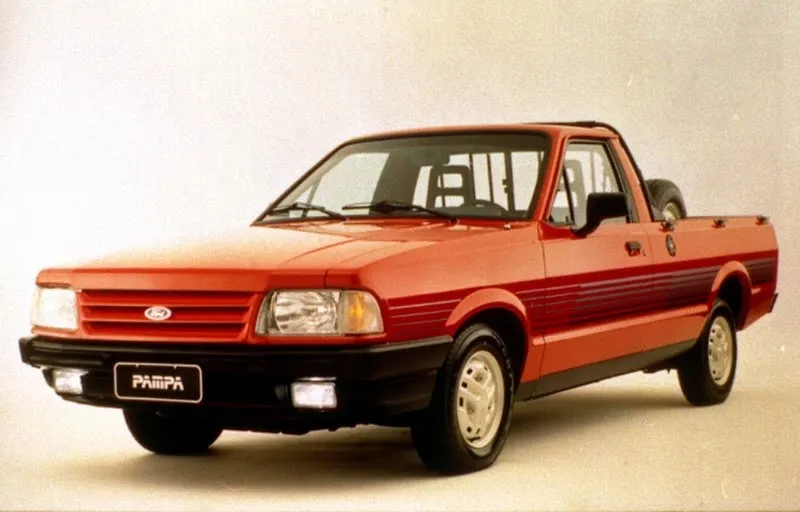
If you are a car enthusiast or someone who appreciates classics, Ford Pampa deserves a special place in our memories. Even with technological advances and the emergence of new models, the Pampa continues to be a symbol of simplicity and functionality. After all, few cars can carry with them such a striking and nostalgic legacy.
Today, a well-maintained Pampa can be found on the classic car market for prices that vary depending on the version and condition. Models in good condition can reach prices close to R$ 40,000.00, while rare versions, such as the 4×4, can exceed the R$ 60,000.00.
Whether for its robustness, its history or its unique charm, the Ford Pampa still has a place in the hearts of Brazilians. And, without a doubt, it will continue to be remembered as one of Ford's greatest successes in Brazil.
